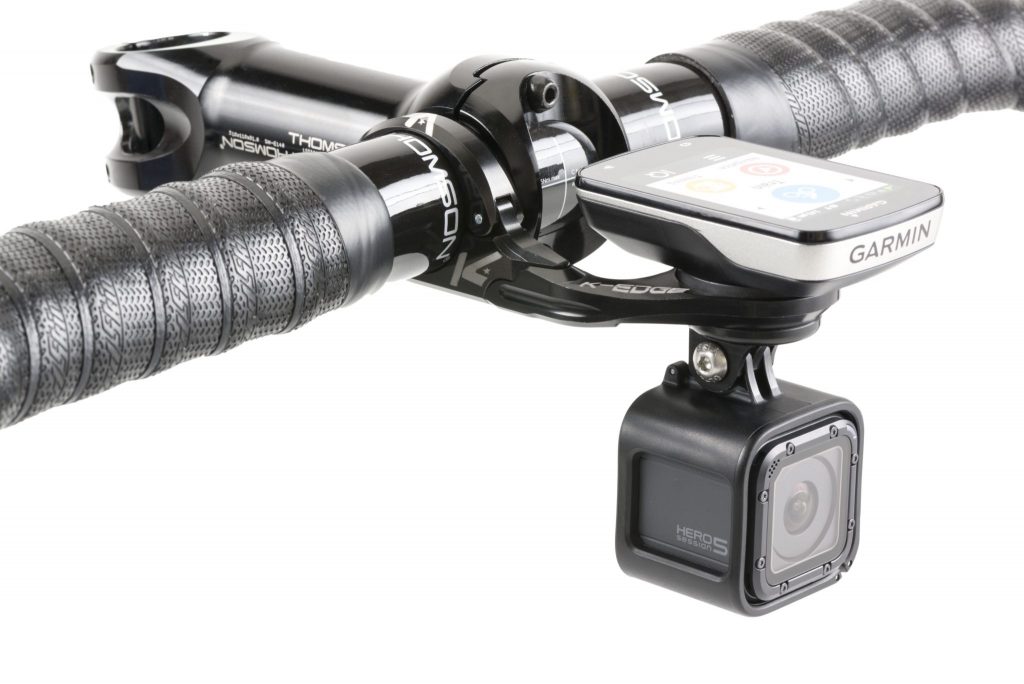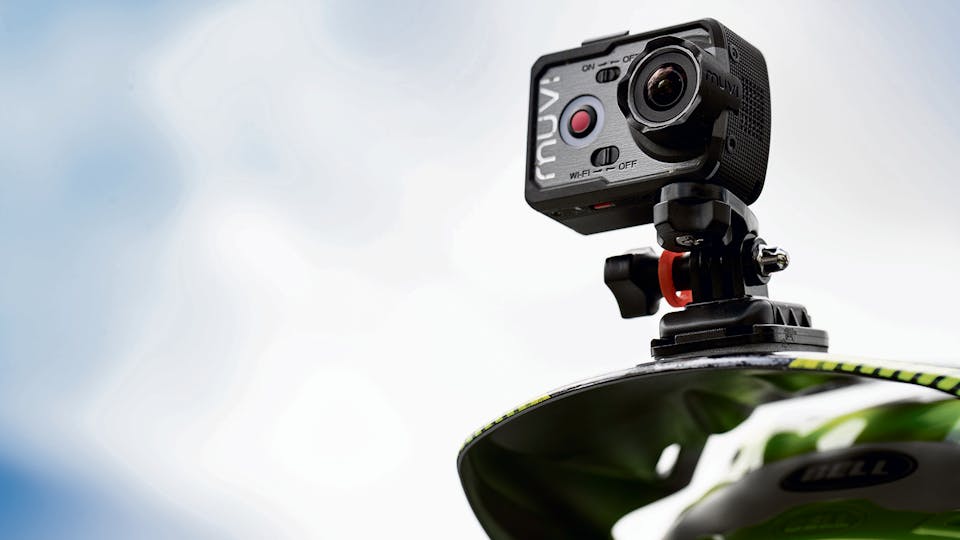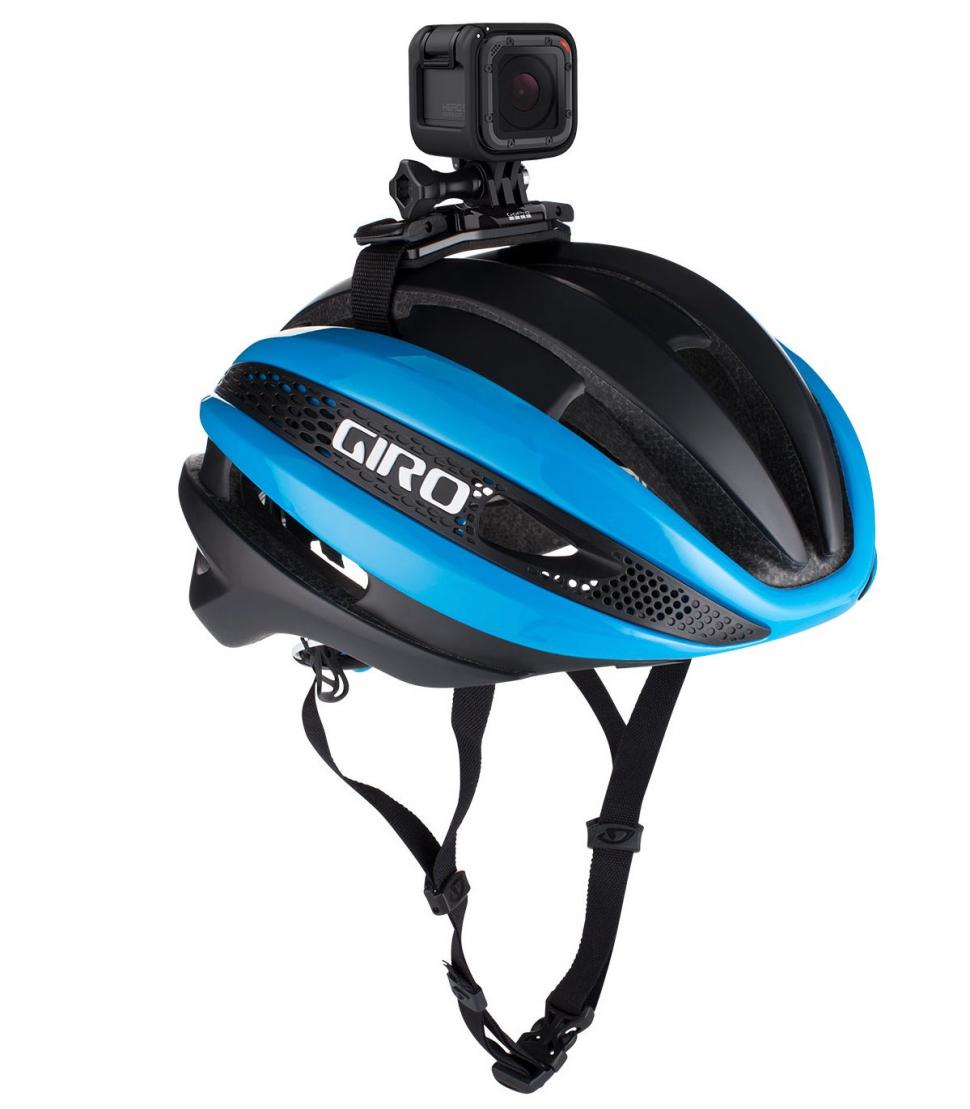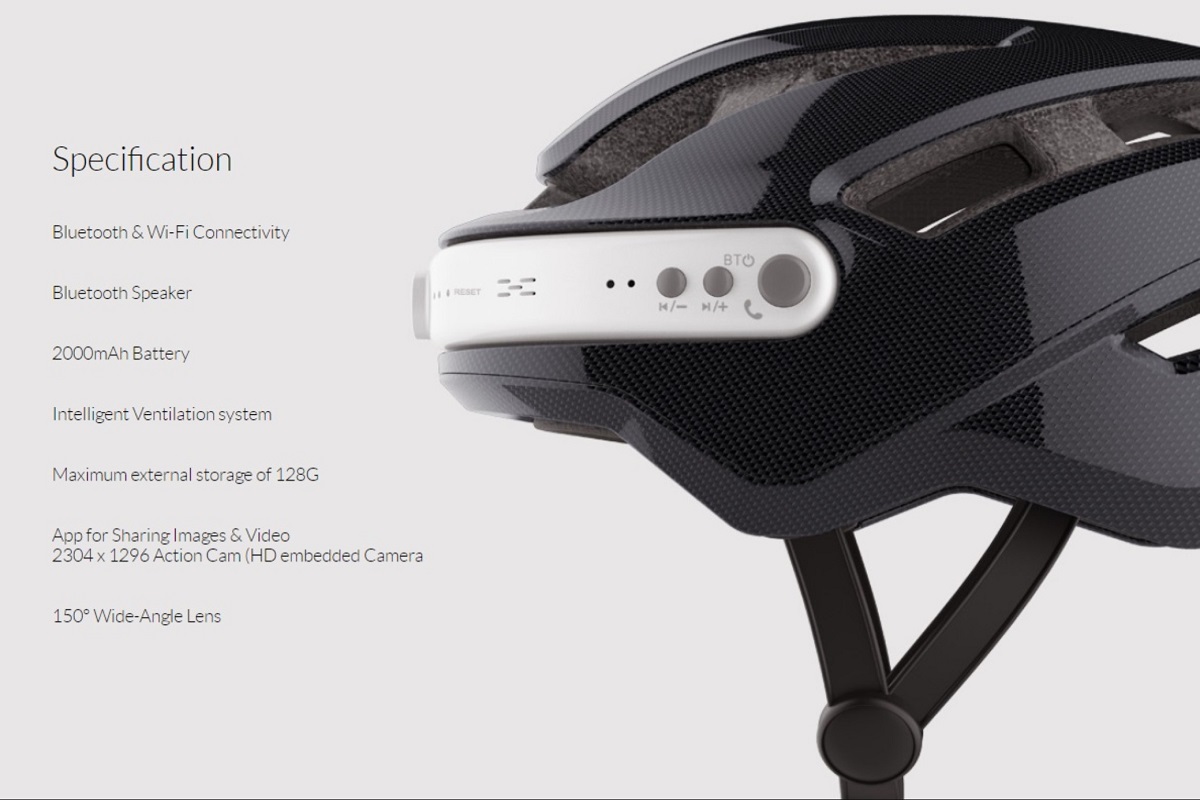Why You Need a Bike Helmet with a Camera
Wearing a bike helmet is essential for safety, and adding a camera can take it to the next level. A bicycle helmet with a camera can provide valuable evidence in case of an accident, helping to determine fault and support insurance claims. Moreover, it can serve as a deterrent to potential aggressors, promoting a safer cycling environment.
The growing trend of smart bike helmets with cameras is a testament to the increasing awareness of cycling safety. These innovative helmets combine the traditional protective features of a bike helmet with the added benefits of a camera, GPS, and other smart features. By investing in a bike helmet with a camera, cyclists can enjoy a safer and more enjoyable ride.
According to recent statistics, the number of cycling accidents has been on the rise, highlighting the need for improved safety measures. A bike helmet with a camera can help mitigate this risk by providing a clear visual record of the incident. This can be particularly useful in cases where the cyclist is unable to recall the details of the accident.
In addition to safety benefits, a bike helmet with a camera can also enhance the overall cycling experience. Cyclists can capture scenic routes, track their progress, and share their experiences with others. This can help to build a sense of community among cyclists and promote a more enjoyable and engaging ride.
As the technology continues to evolve, we can expect to see even more innovative features integrated into bike helmets with cameras. From augmented reality displays to advanced collision detection systems, the future of cycling safety looks bright. By investing in a bike helmet with a camera, cyclists can stay ahead of the curve and enjoy a safer, more enjoyable ride.
How to Choose the Best Bike Helmet with a Camera for Your Needs
When selecting a bike helmet with a camera, there are several factors to consider to ensure you find the right one for your needs. One of the most important considerations is video resolution. Look for a helmet with a high-resolution camera that can capture clear and detailed footage, even in low-light conditions.
Another key factor is the field of view. A wider field of view can provide a more comprehensive view of the surroundings, which can be useful in case of an accident. Additionally, consider the battery life of the camera. A longer battery life can ensure that the camera remains functional for an extended period, even on long rides.
Compatibility with smartphones is also an essential consideration. Look for a helmet with a camera that can seamlessly connect to your smartphone, allowing you to easily transfer and share footage. Some helmets also offer additional features such as GPS, Bluetooth connectivity, and voice commands, which can enhance the overall cycling experience.
When choosing a bike helmet with a camera, it’s also essential to consider the type of riding you’ll be doing. For example, if you’ll be riding in low-light conditions, look for a helmet with a camera that has infrared or night vision capabilities. If you’ll be riding in wet conditions, look for a helmet with a waterproof camera.
Finally, consider the price and brand reputation of the helmet. While it’s tempting to opt for a cheaper helmet, a reputable brand can provide a higher level of quality and durability. By considering these factors, you can find the best bike helmet with a camera for your needs and enjoy a safer and more enjoyable ride.
Top Bike Helmets with Cameras: Reviews and Comparisons
When it comes to choosing a bike helmet with a camera, there are several options available in the market. Here, we’ll review and compare some of the top bike helmets with cameras, highlighting their features, pros, and cons.
The Bell Helmets with Integrated Camera is a popular choice among cyclists. This helmet features a high-resolution camera that can capture clear and detailed footage, even in low-light conditions. The camera is also equipped with GPS and Bluetooth connectivity, allowing for seamless integration with smartphones. However, some users have reported issues with the camera’s battery life and durability.
Another top contender is the Sena Smart Helmet. This helmet features a 360-degree camera that provides a comprehensive view of the surroundings. The camera is also equipped with advanced features such as collision detection and alert systems. However, some users have reported issues with the helmet’s weight and bulkiness.
The Garmin Varia Vision is another popular choice among cyclists. This helmet features a high-resolution camera that can capture clear and detailed footage, even in low-light conditions. The camera is also equipped with GPS and Bluetooth connectivity, allowing for seamless integration with smartphones. However, some users have reported issues with the camera’s battery life and durability.
When comparing these bike helmets with cameras, it’s essential to consider factors such as video resolution, field of view, battery life, and compatibility with smartphones. Additionally, consider the type of riding you’ll be doing and the level of safety features you need. By considering these factors, you can find the best bike helmet with a camera for your needs and enjoy a safer and more enjoyable ride.
In conclusion, the top bike helmets with cameras offer a range of features and benefits that can enhance the cycling experience. By considering factors such as video resolution, field of view, and compatibility with smartphones, you can find the best bike helmet with a camera for your needs.
Key Features to Look for in a Bike Helmet Camera
When it comes to choosing a bike helmet camera, there are several key features to look for to ensure you get the best one for your needs. One of the most important features is video quality. Look for a camera that can capture high-resolution video, at least 1080p, to ensure that you get clear and detailed footage.
Another essential feature is storage capacity. Consider a camera with a large storage capacity, such as 128GB or more, to ensure that you can store hours of footage. Additionally, look for a camera with a durable design that can withstand the rigors of cycling, including crashes and inclement weather.
Field of view is also an important consideration. A wider field of view can provide a more comprehensive view of the surroundings, which can be useful in case of an accident. Look for a camera with a field of view of at least 120 degrees to ensure that you get a clear view of the road ahead.
Battery life is also a critical feature to consider. Look for a camera with a long battery life, at least 5 hours, to ensure that you can capture footage for an extended period. Additionally, consider a camera with a rechargeable battery to save money and reduce waste.
Finally, consider the compatibility of the camera with your smartphone. Look for a camera that can seamlessly connect to your smartphone via Bluetooth or Wi-Fi, allowing you to easily transfer and share footage.
By considering these key features, you can find the best bike helmet camera for your needs and enjoy a safer and more enjoyable ride. Whether you’re a casual cyclist or a serious enthusiast, a bike helmet camera can provide valuable evidence in case of an accident and enhance your overall cycling experience.
How Bike Helmet Cameras Can Enhance Your Cycling Experience
Bike helmet cameras are not just a safety feature, but also a great way to enhance your cycling experience. With a camera mounted on your helmet, you can capture scenic routes, track your progress, and share your experiences with others.
Imagine being able to relive your favorite rides and share them with friends and family. With a bike helmet camera, you can capture stunning footage of your rides and share it on social media or with cycling communities. This can be a great way to connect with other cyclists and share your passion for cycling.
In addition to capturing scenic routes, bike helmet cameras can also help you track your progress and improve your cycling skills. By analyzing your footage, you can identify areas for improvement and work on your technique. This can be especially useful for competitive cyclists who want to gain an edge over their competitors.
Bike helmet cameras can also provide a sense of security and peace of mind while cycling. With a camera mounted on your helmet, you can capture evidence in case of an accident or incident. This can be especially useful for cyclists who ride in heavy traffic or in areas with poor road conditions.
Furthermore, bike helmet cameras can also be used to capture and share your cycling adventures with others. Imagine being able to share your favorite cycling routes and destinations with others, or capturing and sharing your cycling achievements and milestones.
Overall, bike helmet cameras can enhance your cycling experience in many ways. From capturing scenic routes and tracking your progress, to providing a sense of security and peace of mind, bike helmet cameras are a great addition to any cyclist’s gear.
Common Concerns and Misconceptions about Bike Helmets with Cameras
Despite the growing popularity of bike helmets with cameras, there are still some common concerns and misconceptions about these devices. One of the most common concerns is that bike helmets with cameras are too bulky or heavy, which can be a distraction while cycling.
However, many modern bike helmets with cameras are designed to be lightweight and compact, with cameras that are integrated into the helmet’s design. This means that they do not add significant weight or bulk to the helmet, and do not obstruct the cyclist’s view.
Another common concern is that bike helmets with cameras can be a distraction while cycling, particularly if the camera is mounted on the front of the helmet. However, most bike helmets with cameras have cameras that are mounted on the rear or side of the helmet, which reduces the risk of distraction.
Some cyclists may also be concerned about the cost of bike helmets with cameras, which can be higher than traditional bike helmets. However, the cost of bike helmets with cameras is decreasing as the technology becomes more widely available, and many cyclists find that the benefits of having a camera on their helmet outweigh the additional cost.
Finally, some cyclists may be concerned about the impact of bike helmets with cameras on their cycling style or technique. However, most bike helmets with cameras are designed to be aerodynamic and do not affect the cyclist’s ability to ride safely or efficiently.
Overall, while there are some common concerns and misconceptions about bike helmets with cameras, these devices can provide a range of benefits for cyclists, including enhanced safety, improved cycling experience, and increased peace of mind.
Future of Bike Helmets with Cameras: Trends and Innovations
The future of bike helmets with cameras is exciting and rapidly evolving. Emerging trends and innovations are set to revolutionize the way we cycle and interact with our surroundings. One of the most significant trends is the integration of augmented reality (AR) technology into bike helmets with cameras.
AR technology allows cyclists to access real-time information and data, such as navigation, traffic updates, and weather forecasts, while on the move. This can enhance the cycling experience and provide a safer and more enjoyable ride. Additionally, AR technology can also enable cyclists to interact with their surroundings in new and innovative ways, such as by providing virtual feedback on their cycling technique.
Another trend is the development of 360-degree cameras, which can provide a comprehensive view of the surroundings. This can be particularly useful for cyclists who ride in heavy traffic or in areas with poor road conditions. 360-degree cameras can also enable cyclists to capture more immersive and engaging footage, which can be shared with others or used for training and analysis.
Integration with other safety devices is also a key trend in the development of bike helmets with cameras. For example, some bike helmets with cameras can integrate with GPS devices, heart rate monitors, and other safety devices to provide a more comprehensive and connected cycling experience.
Finally, advancements in materials and design are also set to revolutionize the development of bike helmets with cameras. New materials and designs can provide improved safety, comfort, and style, while also enabling the integration of new technologies and features.
Overall, the future of bike helmets with cameras is exciting and rapidly evolving. Emerging trends and innovations are set to revolutionize the way we cycle and interact with our surroundings, providing a safer, more enjoyable, and more connected cycling experience.
Conclusion: Why a Bike Helmet with a Camera is a Must-Have for Cyclists
In conclusion, a bike helmet with a camera is a must-have for cyclists who want to stay safe and capture the moment. With the growing trend of smart bike helmets with cameras, cyclists can now enjoy enhanced safety, improved cycling experience, and future innovations.
By wearing a bike helmet with a camera, cyclists can provide evidence in case of an accident, capture scenic routes, track progress, and share experiences with others. Additionally, bike helmets with cameras can also provide a sense of security and peace of mind while cycling.
When choosing a bike helmet with a camera, it’s essential to consider factors such as video resolution, field of view, battery life, and compatibility with smartphones. By selecting the right bike helmet with a camera, cyclists can enjoy a safer and more enjoyable ride.
As the technology continues to evolve, we can expect to see even more innovative features integrated into bike helmets with cameras. From augmented reality to 360-degree cameras, the future of bike helmets with cameras is exciting and rapidly evolving.
Therefore, if you’re a cyclist who wants to stay safe and capture the moment, consider investing in a smart bike helmet with a camera. With its numerous benefits and future innovations, a bike helmet with a camera is a must-have for any serious cyclist.







